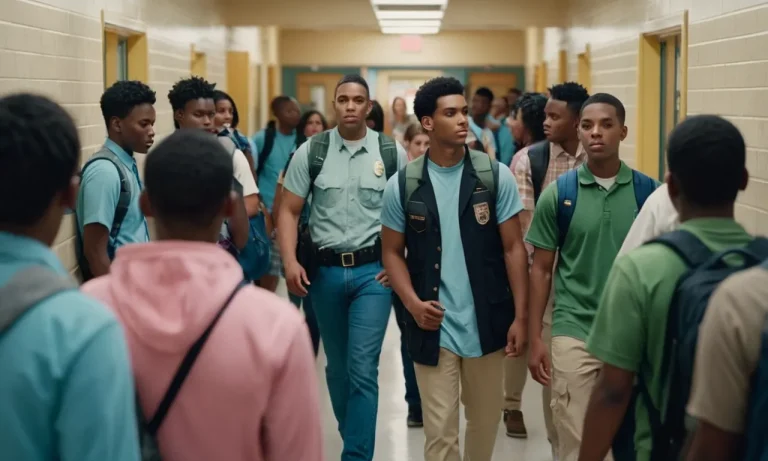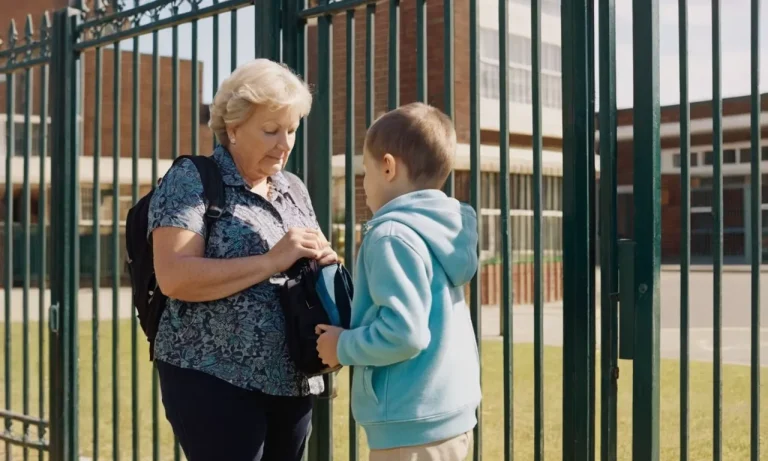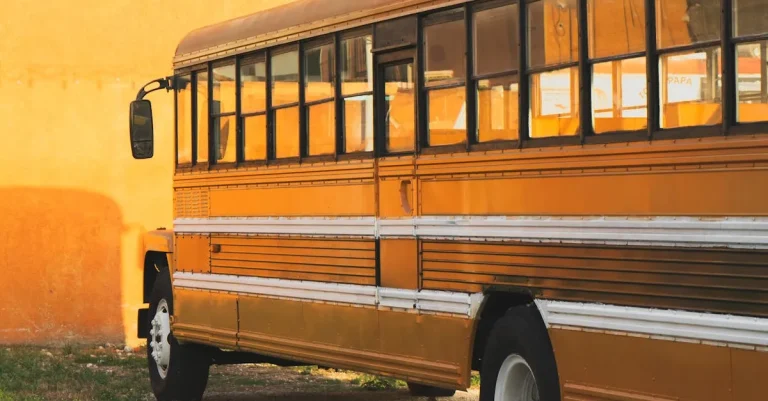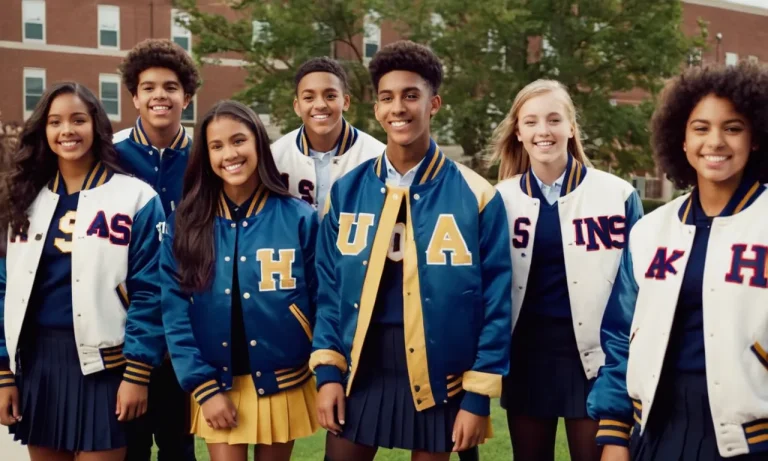Are you an aspiring student-athlete wondering if Division 2 schools can offer athletic scholarships? The world of college sports can be a maze, and understanding the rules and regulations surrounding scholarships is crucial.
Whether you’re a talented high school athlete or a transfer student, the question of whether Division 2 schools can provide financial aid for your athletic abilities is a common one.
If you’re short on time, here’s a quick answer to your question: Yes, Division 2 schools can offer athletic scholarships, but there are specific rules and limitations set by the NCAA (National Collegiate Athletic Association).
In this comprehensive guide, we’ll dive deep into the world of Division 2 athletic scholarships. We’ll explore the NCAA regulations, the types of scholarships available, the factors that influence scholarship offers, and the process of securing one.
Whether you’re a prospective student-athlete or a parent navigating the college recruitment process, this article will provide you with valuable insights and information.
Understanding Division 2 Athletics
What is Division 2?
Division 2 is one of the three levels of competition sanctioned by the National Collegiate Athletic Association (NCAA) for college athletics in the United States. It sits between the highest level, Division 1, and the lowest level, Division 3.
Division 2 schools are typically smaller institutions that place a greater emphasis on balancing academics and athletics, with a focus on developing well-rounded student-athletes.
The Role of the NCAA in Division 2 Athletics
The NCAA plays a crucial role in governing Division 2 athletics. It establishes rules and regulations to ensure fair competition, promotes academic excellence, and safeguards the well-being of student-athletes.
The NCAA oversees various aspects of Division 2 athletics, including eligibility requirements, recruiting guidelines, and scholarship policies. By adhering to NCAA rules, Division 2 schools maintain a level playing field and uphold the integrity of collegiate sports.
Differences Between Division 1, Division 2, and Division 3
While all three divisions are governed by the NCAA, there are significant differences among them. Here’s a quick comparison:
| Division | Scholarships | Athletic Budget | Emphasis |
|---|---|---|---|
| Division 1 | Full athletic scholarships available | Highest budgets | Highly competitive athletics |
| Division 2 | Partial athletic scholarships available | Moderate budgets | Balance between academics and athletics |
| Division 3 | No athletic scholarships | Lowest budgets | Emphasis on academics and participation |
Division 2 schools offer a unique experience, allowing student-athletes to compete at a high level while maintaining a strong focus on academics. According to the NCAA Division 2 Facts and Figures, there are currently 309 active Division 2 schools across the United States, with over 120,000 student-athletes competing in various sports.
😎
It’s worth noting that while Division 2 schools can offer partial athletic scholarships, the NCAA places limits on the number and amount of scholarships available. This helps maintain a level playing field and ensures that academics remain a top priority for student-athletes. 👏
Division 2 Athletic Scholarship Regulations
Division 2 schools offer athletic scholarships, but the rules and regulations governing these scholarships can be quite complex. The NCAA (National Collegiate Athletic Association) sets strict guidelines to ensure fairness and maintain a level playing field across all Division 2 programs.
Let’s dive into the intricacies of Division 2 athletic scholarships!
NCAA Rules and Limitations
According to the NCAA website, Division 2 schools can provide athletic scholarships up to the equivalency of 10.7 full scholarships for men’s sports and 9.9 full scholarships for women’s sports. However, these numbers are merely guidelines, and individual programs may offer fewer scholarships based on their budget and available resources.
Equivalency Scholarships vs. Head Count Sports
Division 2 scholarships are divided into two categories: equivalency scholarships and head count sports. Equivalency scholarships allow coaches to split the allotted scholarship funds among multiple athletes.
For instance, a coach might offer three athletes a 33% scholarship each, totaling one full scholarship. On the other hand, head count sports, such as basketball and football, must award scholarships in full increments. This means that a coach cannot divide a single scholarship among multiple players.
| Sport | Scholarship Type | Max. Scholarships |
|---|---|---|
| Basketball (Men’s) | Head Count | 10 full scholarships |
| Basketball (Women’s) | Head Count | 10 full scholarships |
| Soccer (Men’s) | Equivalency | 9 full scholarships |
| Soccer (Women’s) | Equivalency | 9.9 full scholarships |
Partial vs. Full Scholarships
Division 2 programs can offer partial or full scholarships, depending on their budget and the athlete’s performance. Partial scholarships cover a portion of tuition, fees, room, and board, while full scholarships cover the entirety of these expenses.
It’s not uncommon for coaches to offer a combination of partial and full scholarships to attract top talent while staying within their scholarship limits. 😊
Navigating the world of Division 2 athletic scholarships can be a daunting task, but understanding the NCAA regulations is crucial for student-athletes and their families. By familiarizing themselves with the rules, they can make informed decisions and maximize their chances of securing financial aid for their athletic endeavors.
Don’t hesitate to reach out to coaches or compliance officers for guidance throughout the process. 👍
Factors Influencing Division 2 Scholarship Offers
Securing a Division 2 scholarship is no easy feat, as it requires a perfect blend of athletic prowess, academic excellence, and strategic timing. The decision-making process behind scholarship offers is influenced by several key factors that prospective student-athletes should be aware of.
Athletic Ability and Performance
Undoubtedly, athletic talent and on-field performance are the primary determinants in the scholarship equation. Coaches meticulously evaluate an athlete’s skills, potential for growth, and ability to contribute to the team’s success.
Statistics from the NCAA reveal that Division 2 schools offer over 118,000 scholarships annually, with a significant portion allocated to top-performing athletes. Coaches often rely on scouting reports, game footage, and personal observations to gauge an athlete’s potential.
Academic Achievement
While athletic prowess is crucial, academic achievement plays a pivotal role in the scholarship decision process. Division 2 schools are committed to fostering well-rounded student-athletes who excel both on the field and in the classroom.
According to the National Center for Education Statistics, the average GPA of Division 2 student-athletes is around 3.3, indicating the high academic standards required. Coaches and admissions officers carefully evaluate transcripts, standardized test scores, and academic awards to identify candidates who can balance the rigors of academics and athletics.
Recruitment Process and Timing
The recruitment process and timing play a pivotal role in securing a scholarship offer. Many Division 2 schools actively scout and recruit athletes as early as their sophomore year of high school. Early communication with coaches, attending showcases and camps, and maintaining a proactive approach can greatly enhance an athlete’s chances.
According to a survey by NCSA, over 80% of Division 2 coaches prefer to have their recruiting classes filled by the end of the athlete’s junior year. Therefore, timing is crucial, and athletes should start the process well in advance.
Availability of Funds and Team Needs
While talent and academics are essential, the availability of funds and team needs can significantly influence scholarship offers. Division 2 schools have a limited number of scholarships to distribute, and coaches must strategically allocate these resources based on the team’s specific needs and budget constraints.
According to a report by NCAA, the average Division 2 school spends around $5.6 million annually on athletics, with a portion dedicated to scholarships. Coaches may prioritize certain positions or skill sets based on their team’s composition and strategic goals.
Additionally, the level of financial support offered can vary based on the school’s resources and the athlete’s overall package.
In essence, securing a Division 2 scholarship is a multifaceted endeavor that requires a combination of athletic excellence, academic dedication, strategic timing, and alignment with the school’s needs and resources.
By understanding these key factors, prospective student-athletes can better position themselves for success in the competitive world of Division 2 athletics. 😊👍
Securing a Division 2 Athletic Scholarship
Building a Strong Athletic and Academic Profile
To stand out in the competitive world of Division 2 athletics, student-athletes must excel both on the field and in the classroom. A strong athletic profile showcasing impressive stats, awards, and achievements is crucial, but academic performance carries equal weight.
According to the NCAA, Division 2 schools can offer partial athletic scholarships, making academic excellence a key factor in securing financial aid. A GPA of 3.5 or higher, coupled with a strong standardized test score, can significantly increase your chances of earning a coveted scholarship.
Communicating with College Coaches
Effective communication with college coaches is vital in the scholarship pursuit process. Don’t be afraid to reach out proactively and showcase your talents. Create a comprehensive athletic resume and highlight reel, and share them with coaches at your target schools.
Attend college showcases and camps to get on their radar, and follow up diligently after each interaction. According to a NCSA report, only 7% of student-athletes are proactively contacted by college coaches, so taking the initiative is crucial. 😊
The Importance of Campus Visits
While virtual tours and online research can provide valuable insights, nothing beats an in-person campus visit when evaluating potential scholarship opportunities. These visits allow you to meet coaches, tour facilities, and get a feel for the campus culture.
It’s also an excellent opportunity to showcase your interest and dedication, which can give you a competitive edge over other candidates. According to a NAIA report, over 60% of student-athletes transfer schools during their college careers, often due to a poor initial fit.
A campus visit can help ensure you find the right academic and athletic environment.
Navigating the Scholarship Offer Process
Receiving a scholarship offer is an exciting milestone, but it’s important to approach the process with care and diligence. Review the offer thoroughly, understanding the terms, conditions, and renewal criteria.
Don’t be afraid to negotiate for a better package, especially if you have multiple offers on the table. Remember, the scholarship process is a two-way street – you’re evaluating the school as much as they’re evaluating you.
Consult with your family, coaches, and mentors to ensure you make an informed decision that aligns with your academic, athletic, and personal goals.
Securing a Division 2 athletic scholarship is a challenging but rewarding endeavor. By building a strong profile, communicating effectively with coaches, prioritizing campus visits, and navigating the offer process with care, you can increase your chances of earning the financial support you need to pursue your academic and athletic dreams.
Conclusion
Navigating the world of Division 2 athletic scholarships can be a complex journey, but with the right knowledge and preparation, student-athletes can increase their chances of securing financial aid for their athletic talents.
By understanding the NCAA regulations, the factors that influence scholarship offers, and the steps to take during the recruitment process, aspiring student-athletes can make informed decisions and pursue their academic and athletic dreams.
Remember, securing a Division 2 athletic scholarship is not just about athletic ability; it’s a combination of academic excellence, dedication, and effective communication with college coaches. By staying focused, showcasing your talents, and following the guidelines outlined in this guide, you can increase your chances of receiving a scholarship offer from a Division 2 school.
Whether you’re a high school athlete or a transfer student, the journey to a Division 2 athletic scholarship is within reach. Embrace the process, stay determined, and let your passion for your sport guide you towards achieving your goals.
With hard work and perseverance, you can become a part of the exciting world of Division 2 athletics and create lasting memories on and off the field.






